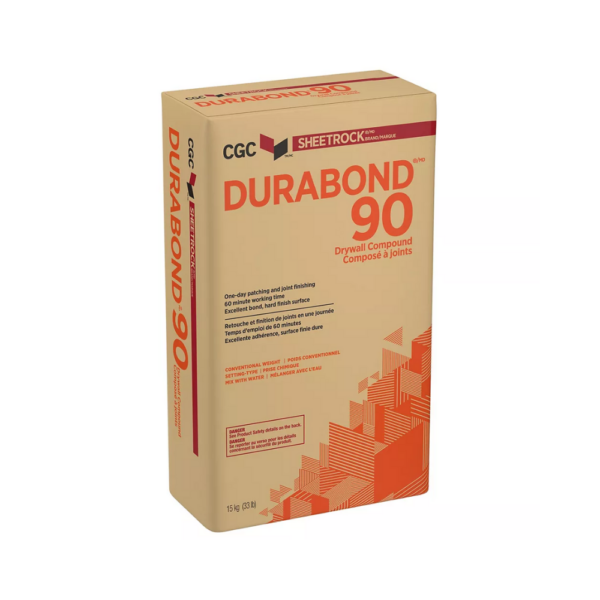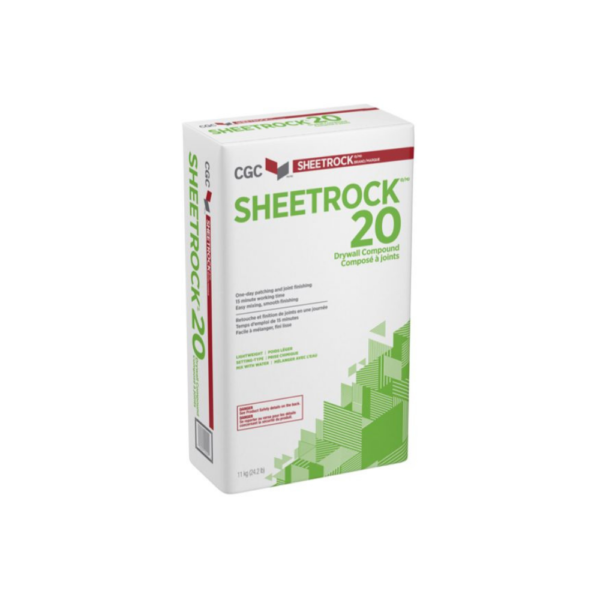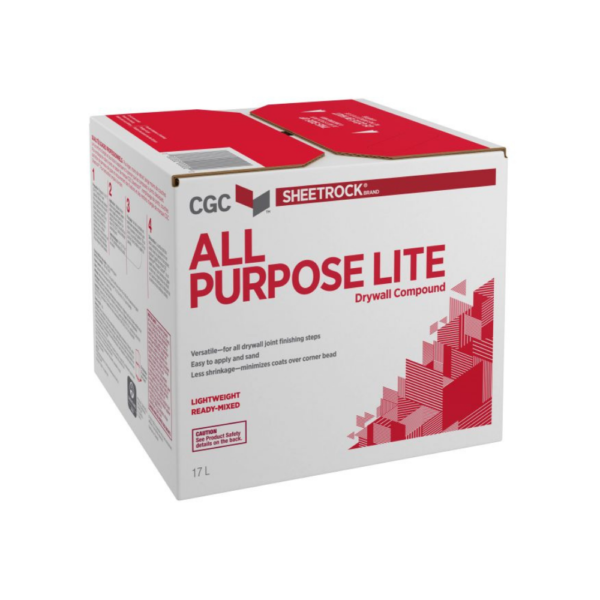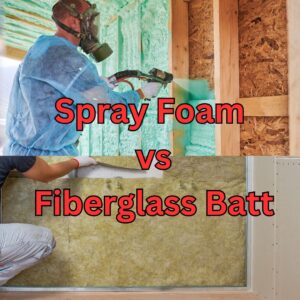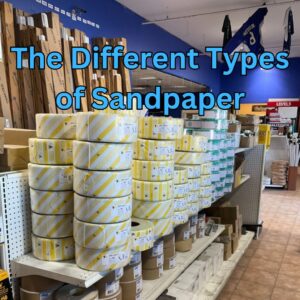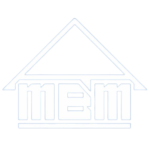Drywall compound, otherwise known as joint compound, is made from a white powder procured from gypsum dust. This dust is mixed with water to form the compound into what is known as mud. The water and compound is mixed until it has the consistency similar to frosting. However, do not eat the mud as it isn’t as good as frosting. We will be going over the three most common types for drywall compound. These are: quick setting compound, all-purpose compound, and pre-mixed joint compound.
What Are The Different Kinds of Drywall Mud Compound?
There are four different types of drywall compound. The drywall mud are all different from each other and have their own use cases. The different kind of drywall mud are: setting compound, all-purpose drywall compound, taping compound, and topping compound.
Setting Type Compound
Setting type compound is known as quick-setting compound or hot mud. While some muds are literally quick taking a minimal 5 minutes for it to set and dry, there are many others that take up to 90 minutes for it to fully set and dry. There are three common types of setting joint compound: these are Sheetrock 20, Sheetrock 45, and Sheetrock 90 minute compounds. You can replace the name Sheetrock as that is a brand name. For example, you can also get Durabond 90 joint compound.
Should I Use Setting Type Compound?
The short answer is yes. To get into the specifics, this joint compound sets quick because of a chemical reaction within the compound. Since it sets so quickly, it is the preferred compound for professional contractors allowing for multiple coats to be applied within a single day. You can use this mud for filling in seams and cracks once the drywall is installed.
All-Purpose Drywall Compound
As the name suggests, all-purpose drywall compound is a type of compound that can be used for each type of coating used in putting up drywall.
Should I Use All-Purpose Drywall Compound?
If you are a beginner or a DIYer working with drywall or taper then you may be tempted to use all-purpose drywall compound. However, most professionals do not use all-purpose drywall compound for this same reason. Many consider all-purpose compounds to not be as strong as they need for the purpose of taping and corner finishing.
What is Taping Compound?
As the name suggests, taping compound is a mud that is used for taping drywall. Taping compound is tougher and hardens faster than most other types of compound. Taping compound is also preferred when fixing cracks in plaster.
What is Topping Compound?
Topping compound is made specifically for using on the last and final coat of mud for drywall. Topping compound provides a smooth finish for less sanding in the end.
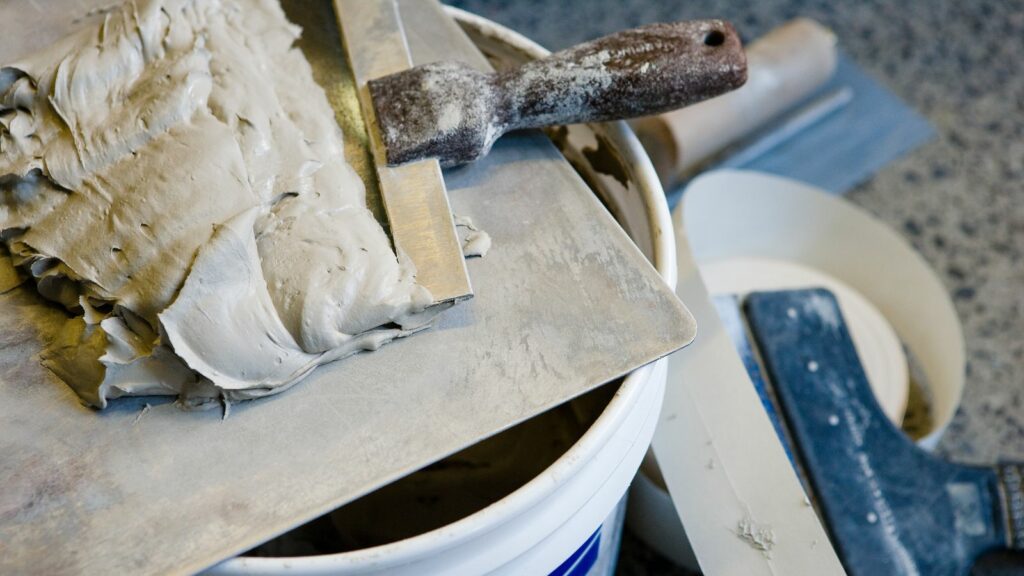
Dry and Wet Drywall Compound
Now we will discuss the pros and cons of using dry and wet drywall compound.
What is Dry Compound?
Dry joint compound is the powder joint compound is made from. Dry compound enables you to carefully create the perfect mixture of compound and water depending on the coat you need to apply. The compound you do not use you can store for later jobs or coatings.
What is Wet or Pre-Mixed Compound?
Pre-mixed compound, otherwise known as wet compound, is compound that has already been mixed with water saving you prep-time when applying mud to drywall. While wet compound isn’t nearly as popular as dry compound, wet compound does not require mixing tools.
Should I Use Dry Compound or Pre-Mixed Compound?
The use cases between dry compound and pre-mixed are very similar. However, most contractors prefer dry compound for several reasons. Dry joint compound dries faster than pre-mixed. Dry compound also provides better adhesion for mesh tape compared to wet compound.
Another reason most contractors use dry instead of wet is that dry compound can be stored if not mixed. If you try to store wet compound that has been used, often it will spoil and become moldy meaning you will be throwing out money with that compound.
Unlike the drywall vs plaster debate, the “which type of mud should I use” debate is constantly in motion. Nevertheless, the standard for now is to use a dry setting compound and mix it yourself. Dry setting compound does everything you need for each coat of mud and fills in every crack needed to complete a job.


